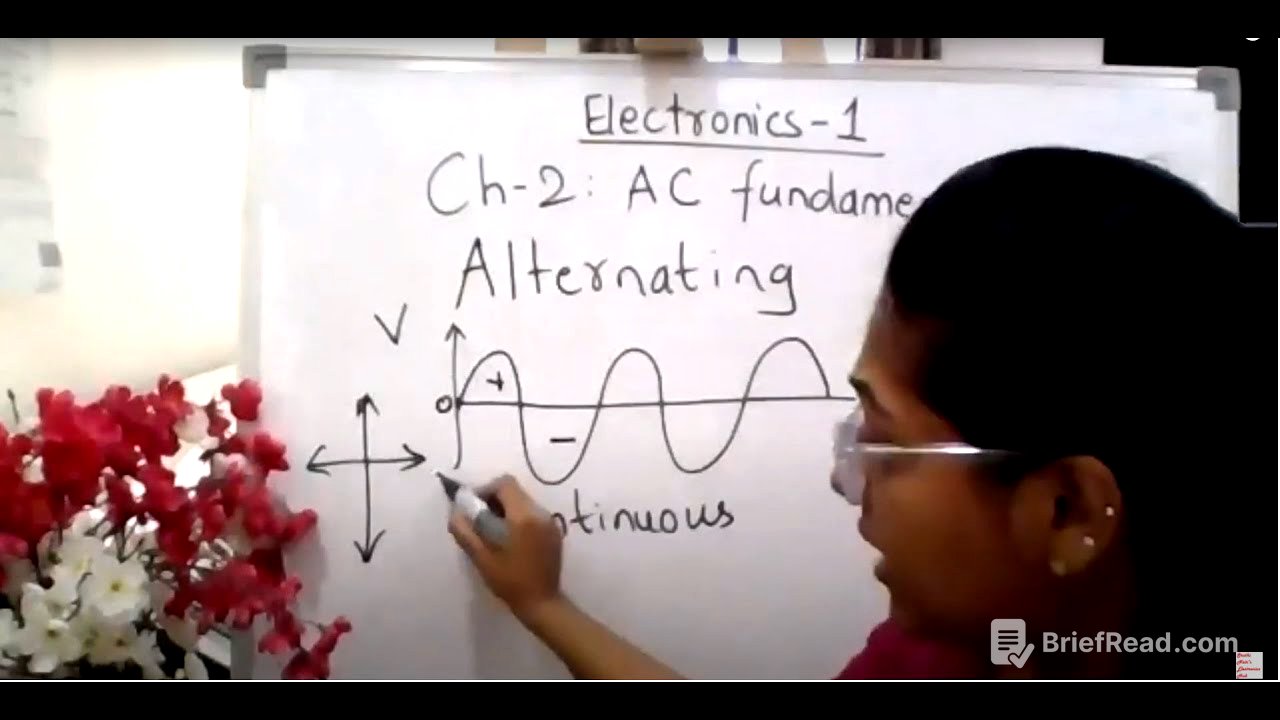TLDR;
This video serves as an introductory lesson on electronics, covering fundamental concepts such as electronic components, devices, and basic electricity principles. It touches on topics like identifying electronic items, understanding voltage and current, and differentiating between AC and DC power.
- Introduction to electronics and its components.
- Explanation of basic electricity principles.
- Differentiation between AC and DC power.
Introduction to Electronics [0:00]
The video starts with an introduction to electronics, defining it as the study and application of devices that use electricity. It emphasizes the ubiquity of electronics in everyday life, from smartphones and laptops to medical devices and even grocery store scanners. The lesson aims to build a foundational understanding of what electronics are and how they function.
Identifying Electronic Items [0:15]
The instructor guides viewers in identifying various electronic items, ranging from common household appliances to more specialized equipment. The discussion covers items like computers, smartphones, and even components within devices, such as integrated circuits (ICs). The importance of electronics in controlling electricity within these devices is highlighted.
Basic Electricity Principles [6:56]
The lesson transitions into explaining basic electricity principles, including voltage and current. It explains how voltage is supplied to homes and offices, and how devices use this voltage to operate. The instructor touches on the importance of using the correct voltage for devices, referencing the Indian standard of 230V.
AC vs. DC Power [13:27]
The video explains the difference between Alternating Current (AC) and Direct Current (DC). AC is described as alternating, with voltage and current that change direction periodically, while DC flows in one direction. The lesson uses graphs to illustrate the differences between AC and DC, showing how AC voltage and current vary over time.









